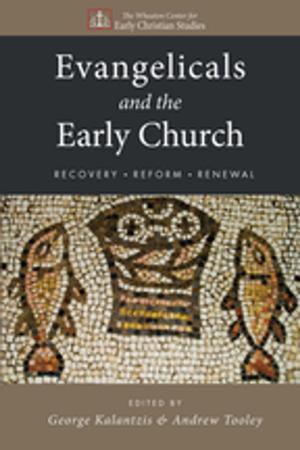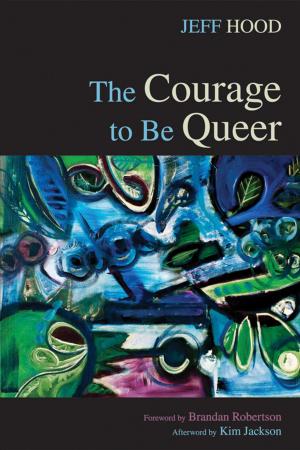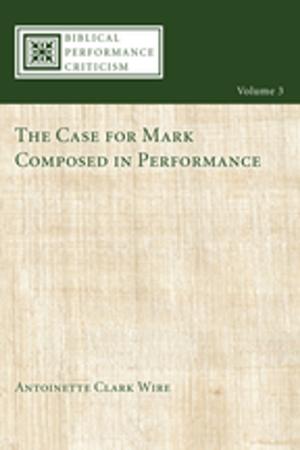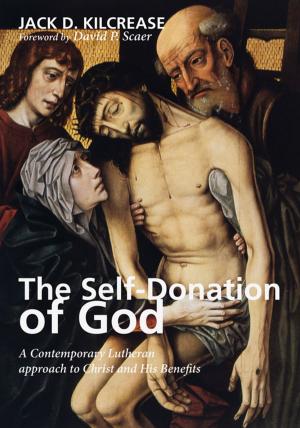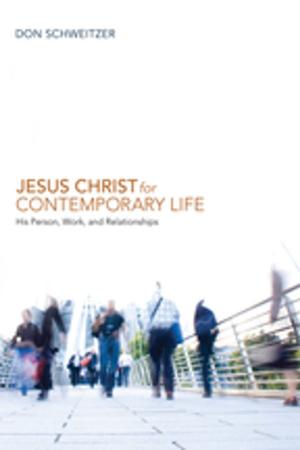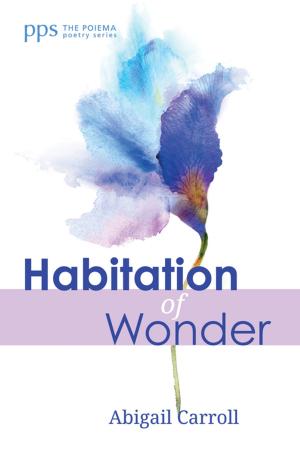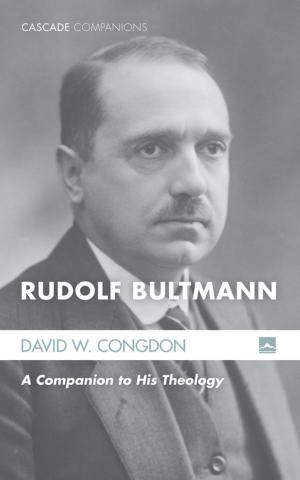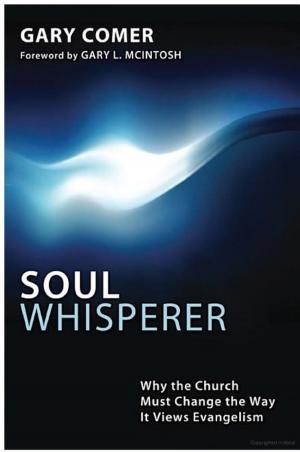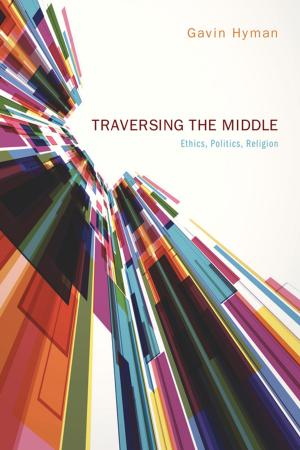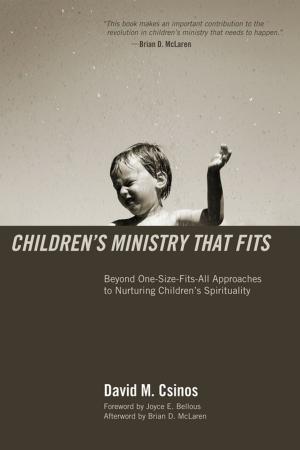Love Letter to a Conflicted Church
Promise in Our Anger and Disagreements
Nonfiction, Religion & Spirituality| Author: | Richard P. Olson | ISBN: | 9781498271578 |
| Publisher: | Wipf and Stock Publishers | Publication: | January 1, 2010 |
| Imprint: | Resource Publications | Language: | English |
| Author: | Richard P. Olson |
| ISBN: | 9781498271578 |
| Publisher: | Wipf and Stock Publishers |
| Publication: | January 1, 2010 |
| Imprint: | Resource Publications |
| Language: | English |
The book is organized into three divisions, and as the title implies, there is a brief letter in the form of a New Testament epistle to the contemporary church, a portion of which begins each chapter. The first division reexamines the gifts and redemptive possibilities of anger and conflict. The barriers to healthy anger-conflict are considered and addressed. In the second, attention is given to conflicts surrounding the Bible. There is a chapter on conflict and reconciliation in the Bible, followed by suggestions on how people who read the Bible differently from each other can resolve some of those differences. Consideration is also given to discovering biblical priorities for the contemporary church. The third division offers vistas of change and reconciliation. Parables of hope and promise are provided. Insights from the studies of persons and communities as well as ethics and theology are summarized. There is reflection on those unresolved conflicts that continue in spite of our best efforts. Then moral imagination is engaged to visualize the opportunities for a church that moves beyond its present stalemates.
The book is organized into three divisions, and as the title implies, there is a brief letter in the form of a New Testament epistle to the contemporary church, a portion of which begins each chapter. The first division reexamines the gifts and redemptive possibilities of anger and conflict. The barriers to healthy anger-conflict are considered and addressed. In the second, attention is given to conflicts surrounding the Bible. There is a chapter on conflict and reconciliation in the Bible, followed by suggestions on how people who read the Bible differently from each other can resolve some of those differences. Consideration is also given to discovering biblical priorities for the contemporary church. The third division offers vistas of change and reconciliation. Parables of hope and promise are provided. Insights from the studies of persons and communities as well as ethics and theology are summarized. There is reflection on those unresolved conflicts that continue in spite of our best efforts. Then moral imagination is engaged to visualize the opportunities for a church that moves beyond its present stalemates.

